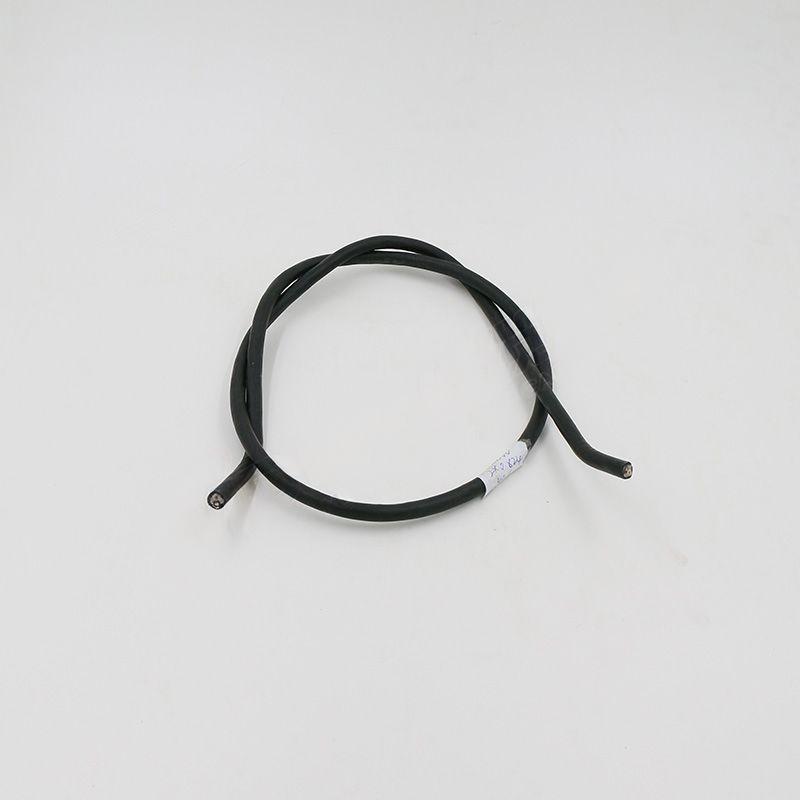Dec . 17, 2024 04:46 Back to list
air release valve
Understanding Air Release Valves Functionality, Types, and Importance
Air release valves (ARVs) play a critical role in various hydraulic and pneumatic systems. They are designed to allow trapped air to escape from pipelines, tanks, and other equipment to ensure smooth and efficient operation. In this article, we will delve into the functionality of air release valves, the different types available, and their importance in various applications.
Functionality of Air Release Valves
Air release valves primarily serve to prevent air pockets from forming in fluid systems. When liquid flows through a pipeline, air can become trapped, leading to reduced efficiency and potential damage to equipment. Trapped air can cause cavitation, which may lead to erosion of the internal surfaces of pipes and pumps. Additionally, air pockets can result in surges of pressure that can be hazardous.
ARVs are typically designed to automatically release trapped air when the pressure in the system drops below a certain threshold. They operate based on a float mechanism or a diaphragm that opens when a specific pressure is reached. Once the air is released, the valve closes again to prevent fluid from escaping. This automatic operation ensures that the system remains pressurized and that any air loss is minimized.
Types of Air Release Valves
There are several types of air release valves, each designed for specific applications. The most common types include
1. Single Orifice Air Release Valve This is the simplest form of ARV. It features a small opening that allows air to escape but prevents liquid from exiting. It is typically used in smaller pipelines and low-pressure systems.
2. Multi-Orifice Air Release Valve As the name suggests, this type has multiple ports to release air more rapidly. It is suitable for larger systems where air buildup can occur more frequently and needs to be released quickly to maintain pressure.
3. Combination Air Valve This type combines the functionality of an air release valve and a vacuum breaker. It releases air and can also admit air to prevent vacuum conditions in the pipeline, making it ideal for systems that experience both pressure loss and vacuum conditions.
4. Float Operated Air Valve This design uses a float that rises and falls with the liquid level. When air accumulates and the liquid level drops, the float descends, opening the valve to release the trapped air.
air release valve

5. Diaphragm Air Release Valve This valve uses a flexible diaphragm to open and close based on pressure changes. It is favored for its reliability and ability to operate without moving parts that can wear out over time.
Importance of Air Release Valves
The significance of air release valves cannot be overstated. They are essential for maintaining the integrity and efficiency of hydraulic systems. Below are some key reasons why ARVs are critical
1. Safety By preventing air pockets and cavitation, ARVs help safeguard against potential equipment failures that can result from pressure fluctuations. This is particularly significant in high-pressure systems, where even small air accumulations can lead to catastrophic failures.
2. Efficiency Trapped air can impede fluid flow, resulting in reduced system efficiency. By allowing air to escape, ARVs help maintain optimal flow rates, ensuring that the system operates effectively.
3. Cost Savings While the initial investment in quality ARVs may seem significant, the long-term savings from preventing damage to equipment, reducing maintenance costs, and improving efficiency can be substantial.
4. Versatility Air release valves are used in a wide range of applications, including water distribution systems, wastewater management, and industrial processes. Their versatility makes them suitable for diverse environments and industries.
5. Maintenance of Continuity In systems requiring continuous flow, such as irrigation or firefighting, ARVs ensure that air does not disrupt operation, enabling seamless delivery of water or other fluids.
Conclusion
Air release valves are an indispensable component of many hydraulic and pneumatic systems. Their ability to automatically expel trapped air not only protects equipment but also enhances operational efficiency and safety. With various types available to suit different applications, investing in high-quality ARVs is essential for anyone managing fluid systems. Understanding their functionality and importance can help operators choose the right type for their specific needs, thereby ensuring the reliability and longevity of their systems.
Share
-
Reliable Wafer Type Butterfly Valves for Every IndustryNewsJul.25,2025
-
Reliable Flow Control Begins with the Right Ball Check ValveNewsJul.25,2025
-
Precision Flow Control Starts with Quality ValvesNewsJul.25,2025
-
Industrial Flow Control ReliabilityNewsJul.25,2025
-
Engineered for Efficiency Gate Valves That Power Industrial PerformanceNewsJul.25,2025
-
Empowering Infrastructure Through Quality ManufacturingNewsJul.25,2025